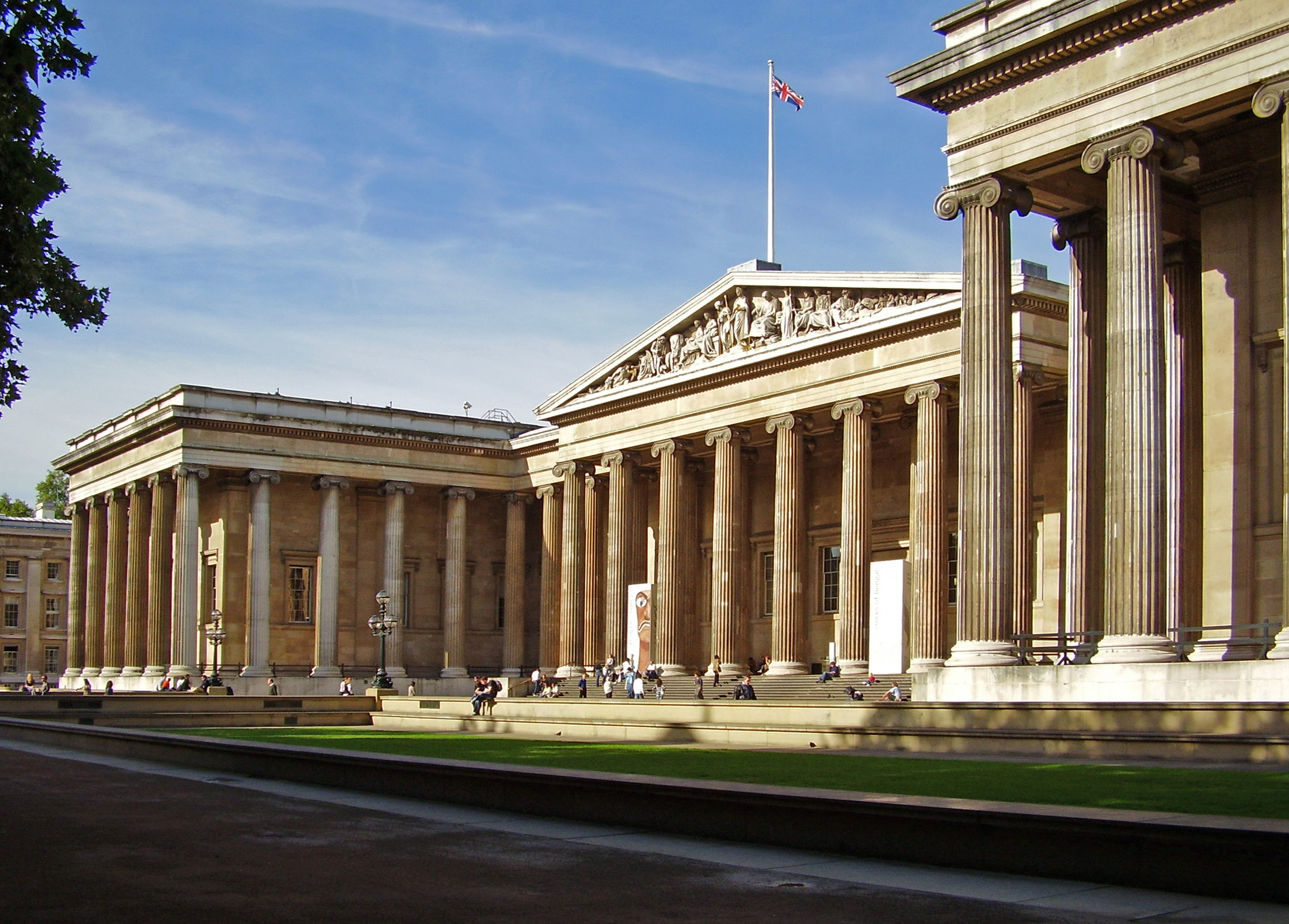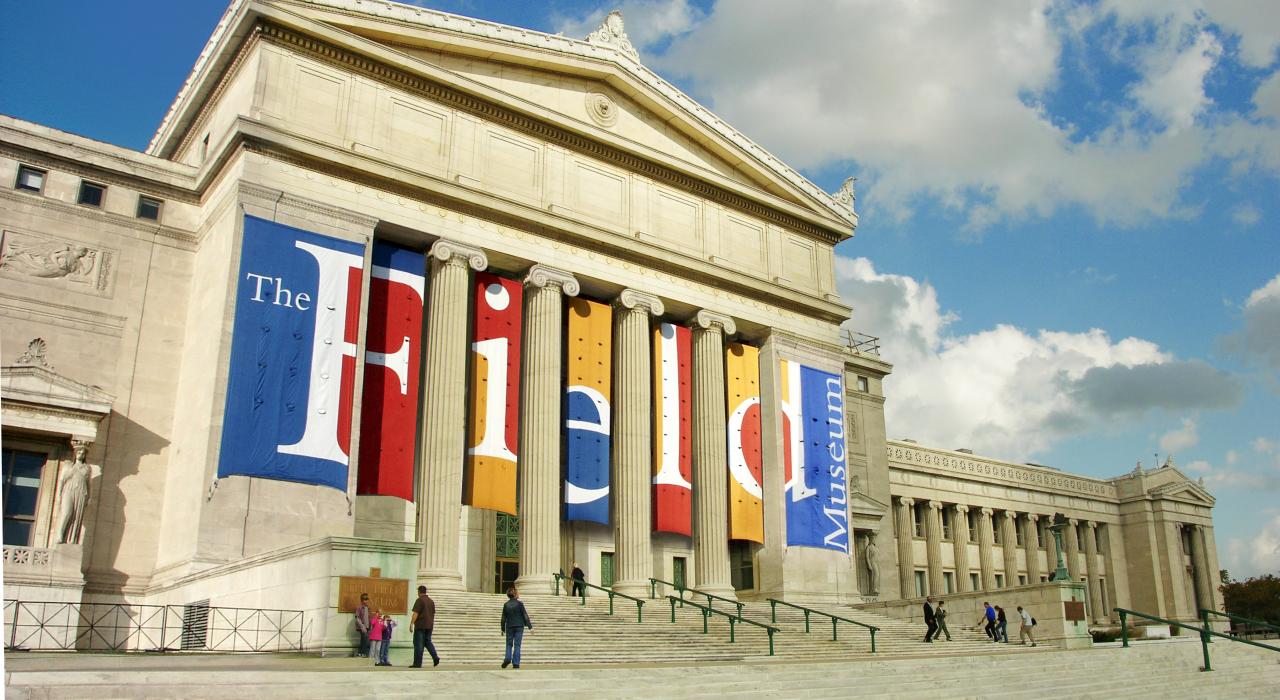Top List of Museums of Science and History
Science and history museums serve as gateways to the wonders of human achievement and natural phenomena, attracting millions worldwide. These institutions not only preserve artifacts and knowledge but also inspire curiosity and learning across generations. When selecting the museums for this list, factors such as visitor numbers, exhibit diversity, historical significance, and ecological impact were considered. This ensures a varied and enlightening experience, reflecting the global importance of these cultural treasures. As beginners might seek guidance on how to write in cursive for beginners, this guide aims to chart a path through some of the world’s most celebrated museums.
Smithsonian Institution, Washington D.C., USA
The Smithsonian Institution stands as a pillar of knowledge in the heart of Washington D.C., showcasing America's rich cultural and scientific heritage. Established in 1846, it has grown into the world's largest museum, education, and research complex. The institution's National Air and Space Museum chronicles the epic saga of human flight, from the Wright brothers to space travel. Meanwhile, the National Museum of Natural History offers visitors a journey through the natural world, featuring everything from dinosaur fossils to the Hope Diamond, making it a cornerstone of global scientific inquiry.
The British Museum, London, UK

Founded in 1753, The British Museum in London is one of the oldest and most comprehensive museums in the world. It houses a vast collection of world art and artifacts, offering insights into human history and culture. Key exhibits include the Rosetta Stone, which unlocked the secrets of Egyptian hieroglyphs, and the Elgin Marbles, a collection of classical Greek marble sculptures that depict scenes from ancient mythology.
The Louvre, Paris, France
Originally a royal palace, the Louvre was transformed into a public museum during the French Revolution. Today, it stands as the world's largest art museum and a historic monument in Paris. It is renowned for its extensive collection that spans thousands of years and contains works such as the Mona Lisa and the Venus de Milo. The museum's dedication to both art and science is evident in its preservation of historical artifacts and its educational outreach.
The Vatican Museums, Vatican City
Nestled within the sanctity of Vatican City, the Vatican Museums are a testament to the Catholic Church’s commitment to culture and history. Established by Pope Julius II in the 16th century, these museums are home to an immense collection of artworks and historical pieces collected by the popes. Highlights include the Sistine Chapel, adorned with Michelangelo’s frescoes, and the Raphael Rooms, offering a profound insight into the interweaving of religious history and sublime artistry.
The Field Museum, Chicago, USA

Chicago’s Field Museum is a hub of scientific research and education, focusing on biodiversity and cultural history. Since its establishment in 1893, the museum has been a leader in anthropological and biological research. Notable exhibits include Sue, the most complete and best-preserved Tyrannosaurus rex fossil ever discovered, and the extensive Ancient Egypt exhibit, which transports visitors back to the time of pharaohs.
The Eden Project, Cornwall, UK (near Portland, Dorset)
The Eden Project is a unique ecological endeavor located in a reclaimed china clay pit near Portland, Dorset. It features massive biomes that replicate different climatic conditions, hosting an array of plant species from around the globe. This project not only highlights the beauty of biodiversity but also educates visitors about the crucial role ecosystems play in human survival and the ongoing battle against biodiversity loss.
The Museum of Science and Industry, Chicago, USA
Located in Chicago, the Museum of Science and Industry is dedicated to inspiring the inventive genius in everyone. It stands as one of the largest science museums in the world, where visitors can explore more than 400,000 square feet of hands-on exhibits. Noteworthy attractions include the U-505 submarine, captured during World War II, and the Pioneer Zephyr, the first diesel-powered streamlined stainless-steel train.
Conclusion
From the Smithsonian's vast halls to the Eden Project's innovative biomes, these museums are custodians of our scientific and historical legacy. They offer unique insights into the complexities of the natural world and human culture. Visiting these museums can profoundly deepen our understanding of and appreciation for our past achievements and current ecological responsibilities.
